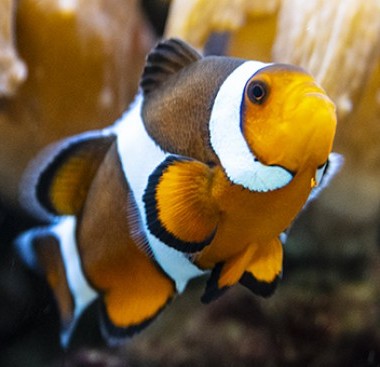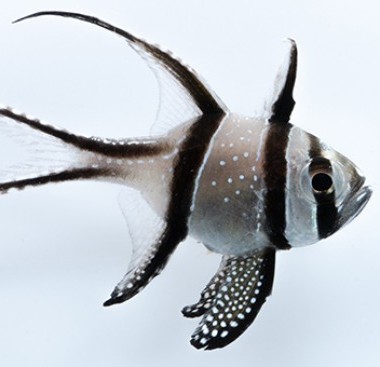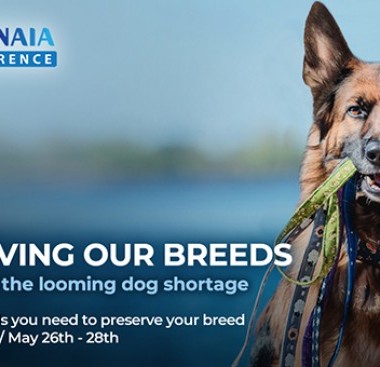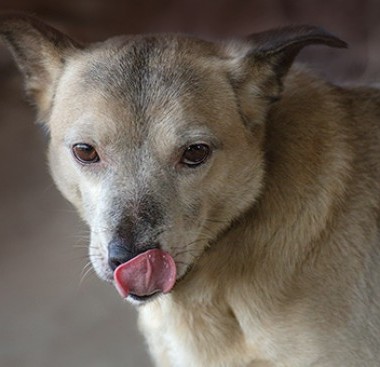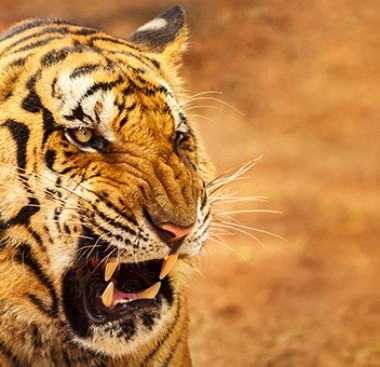FEDS PROPOSE NEW REGS FOR PET BIRDS, RATS, AND MICE
By: Staff Date: 10/7/2004 Category: | Animal Legislation |
In 2002, Congress excluded rats, mice, and birds used in research from the animal welfare act. In response, the US Department of Agriculture amended its regulations to reflect the change and solicited comments from the public on the viability of adding these species to the regulations if they are sold as pets or for other purposes. Deadline for comments was November 1, 2004.
"Specifically, we intend to extend enforcement of the AWA to birds other than birds bred for use in research," the USDA said in its Federal Register proposal. This includes birds transported in commerce or sold for resale, exhibition, teaching, and some other purposes.
Thus the proposal has two major goals: to devise appropriate standards for the handling and care of birds and to determine whether rats and mice should be covered under the general regulations applied to all small animals or should have a separate set of guidelines.
A broad spectrum of organizations representing bird fanciers formed as a result of the need to respond to the USDA request. The National Avian Welfare Alliance plans "To insure the welfare of birds in captivity through education, research and conservation" by addressing federal regulatory issues and creating a strong network to respond to additional issues and problems that affect bird owners in the US. Members of the alliance include the American Federation of Aviculture, the American Pheasant & Waterfowl Society, the American Racing Pigeon Union, the International Association of Avian Trainers & Educators, Bird Clubs of America, and groups representing owners, breeders, and keepers of various species of parrots and finches.
USDA representatives attended the AFA annual meeting in August and told bird owners that they needed to send their comments about the impact that regulations would have on the breeding and keeping of birds. NAWA urged members to participate.
Background
The definition of 'animal' in the AWA has changed several times since the Act was promulgated in 1966. Rats, mice, and birds bred for use in research have been specifically excluded from the law and regulations since 1971 because these animals come under other federal regulations.
For several years, animal rights activists have attempted to force USDA to cover rats, mice, and birds in the AWA regulations specifically to impact their use in research. In 2001 USDA settled a suit filed by anti-research radicals with an agreement to seek proposals for regulating these species. It did not end the battle; the same year, Congress approved a budget bill that forbade USDA from using funds to begin new rulemaking procedures, and in 2003 Senator Jesse Helms added an amendment to the farm bill4 that again specifically excluded rats and mice of the genera Mus and Rattus that are bred for research.
Birds
USDA asked that respondents describe minimum standards for birds in facilities and operations, health and husbandry, and transportation and comment on appropriate exemptions from the rules for retailers, exhibitors, and others who handle or transport birds that might be covered by new regulations. They also asked for information on the number and size of the various entities that might be affected by new rules, potential economic impact on the various types of breeders and dealers, and examples of good sets of standards recommended by various associations formed to educate owners about the proper care and handling of birds.
Rats and Mice
The welfare of rats, mice, and birds bred for research are already protected under standards of the Public Health Service of the US Department of Health and Human Services and under voluntary accreditation by the Association for the Assessment and Accreditation of Laboratory Animal Care International, or by both entities.
The USDA regulations for animal care are consistent with the AAALAC guidelines in many areas.
USDA has specific requirements for the care, handling, and transport of dogs and cats, rabbits, hamsters, Guinea pigs, non-human primates, and marine mammals. The agency now wants to determine if rats and mice bred for purposes other than research should also be covered by specific requirements or should be covered under the current section that provides general parameters for the welfare of other species. To this end, the Federal Register filing asks for comments on the same matters listed for birds: minimum standards for housing, care, and transport; potential economic impact; and the number and size of entities that might be affected by new rules.
NAWA Position
NAWA does not believe that any regulations are needed on bird breeders, trainers, exhibitors, etc. The avicultural community has developed and employed excellent husbandry practices over the past decades for a wide variety of avian species. This knowledge was developed within the community, without the assistance of any outside entities, solely due to the interest and dedication of its members. Additionally, the avicultural community has developed its own inspection and certification program, established in 1990, the Model Aviculture Program (www.modelaviculture.org).
NAWA recognizes that the reason that regulations are being discussed by USDA/APHIS is because the animal rights organizations have sued the government and the settlement resulted in an agreement to regulate birds, rats and mice. Originally, the USDA had no interest in such regulations, deeming them unnecessary.
This is a time when government funding is needed in other areas of far more seriousness to the general public: monitoring BSE in cattle, putting in place programs for the protection of agricultural products from terrorists, and in general maintaining a sound and healthy food supply system in the US. Regulating birds for the pet trade, birds in transport, and birds in exhibition seems an inadvisable use of USDA staff and funds. There are already laws in place which cover sales of pets, transportation of pets, and birds in exhibitions.
About The Author
All Authors Of This Article: | Patti Strand |







